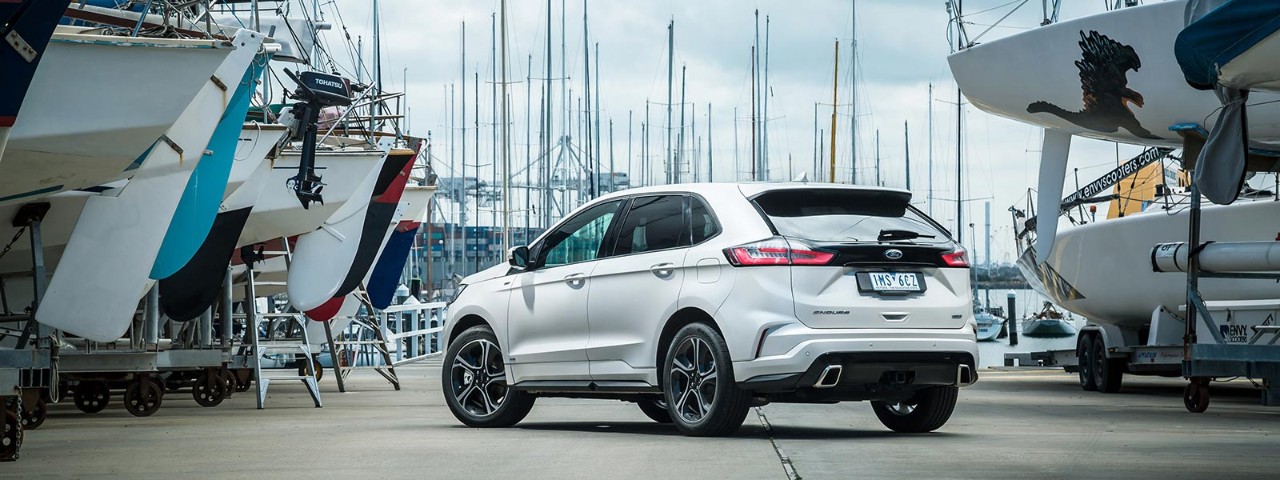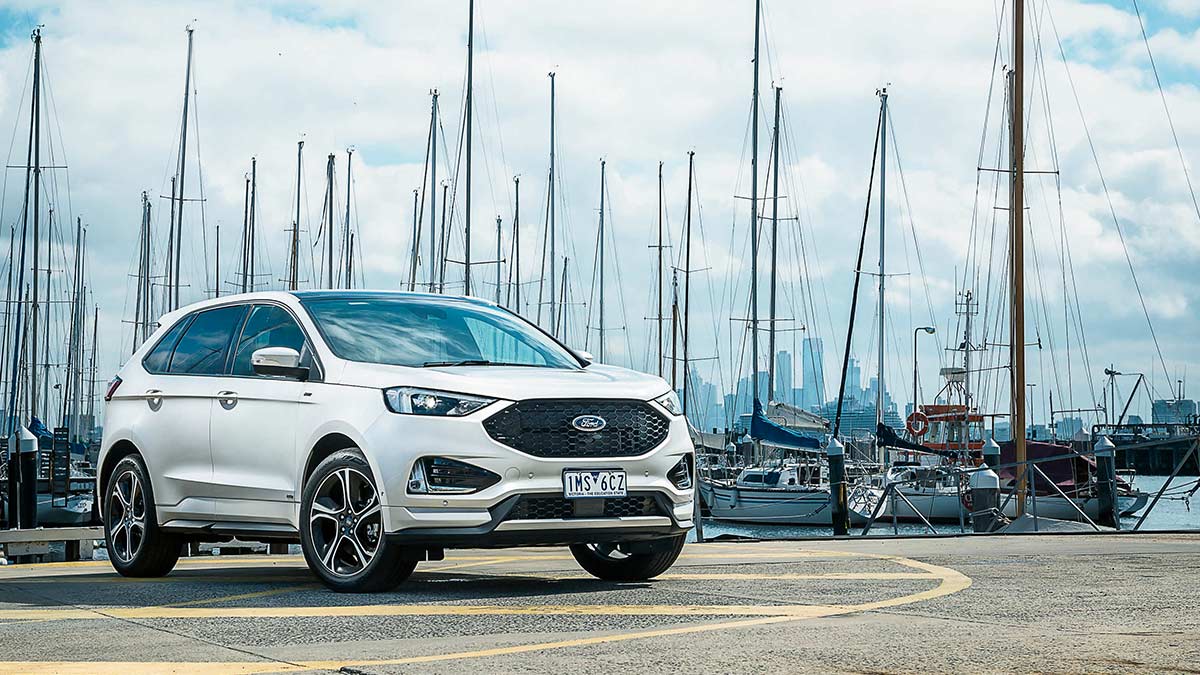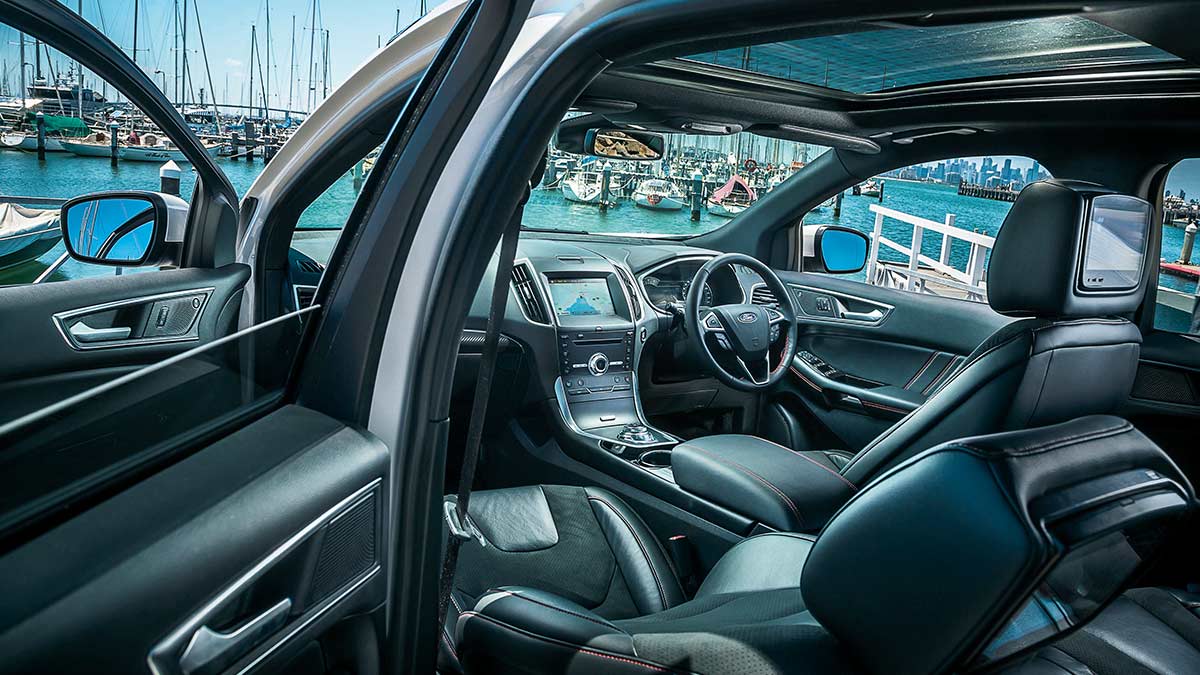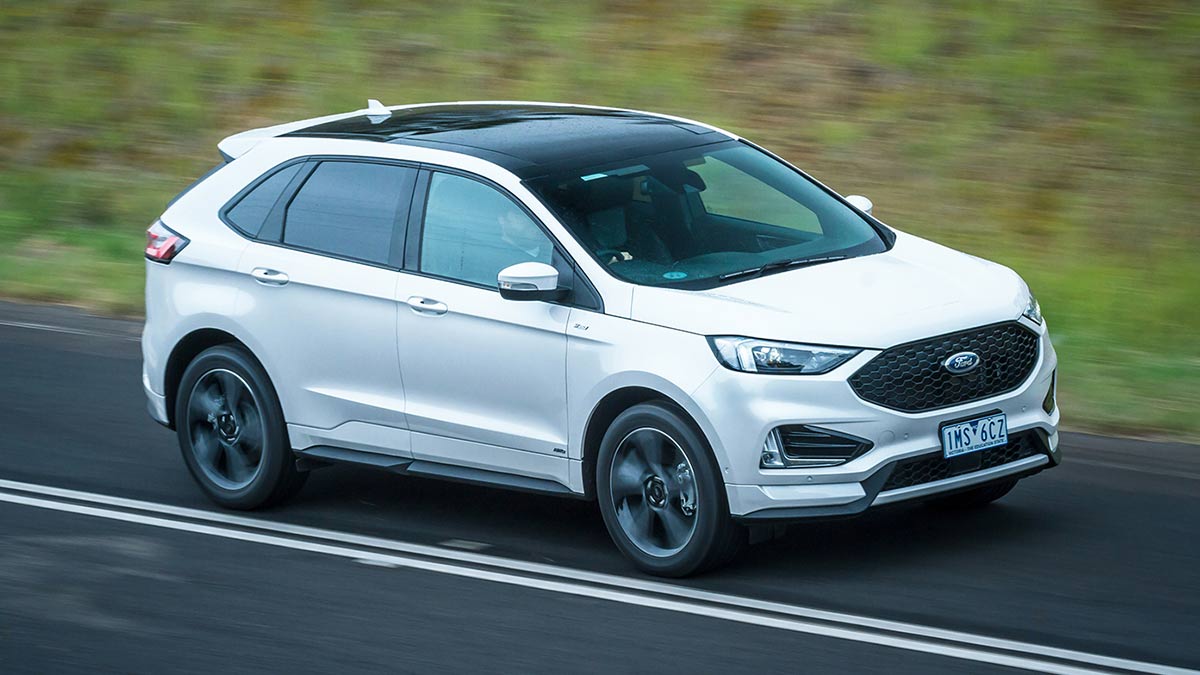The Foton Tunland joins Australia's dual-cab ute market as an affordable mild-hybrid diesel under $50,000, offering strong capability against tough competition.
Road test: Ford Endura 2019 review

Tim Nicholson tests the Ford Endura ST-Line large SUV.
Ford’s dearly departed Australian-built Territory family SUV finally has a replacement. Well, sort of. Unlike the Territory that was offered with five or seven seats, the all-new Canadian-built Endura is strictly a five-seat proposition.
This could impact its appeal, with many buyers looking for at least the option of a third seating row in a family-sized SUV.
Endura pricing starts at $44,990 plus on-road costs for the entry-level Trend front-wheel drive and tops out at $67,990 for the all-wheel-drive Titanium. The mid-range ST-Line AWD, priced at $57,990, is tested here.
Thumbs up
The handsome Endura has an extensive standard features list and offers an engaging drive experience.
Thumbs down
Interior already appears dated, lane-keeping aid swings the car between line markings, underpowered diesel engine.

The Endura is a handsome car in the metal and the clever design makes it look more compact than its dimensions suggest. In ST-Line guise it gets a sportier look that includes a sports body kit, black trapezoid grille, black door frame and roof rails, as well as suede and leather-accented sports seats and contrasting red stitching inside.
The Edge, on which the Endura is based, was launched in the US in early 2015 and despite receiving a mid-life facelift in early 2018, the interior stayed the same. The Endura’s dash and instrumentation – including the massive central on/volume button – is outdated. The eight-inch Sync3 infotainment system is, however, easy to navigate.
Ford has ditched a traditional gear shift lever in favour of a rotating dial that’s similar to units in some Jaguar models. It takes some getting used to.

In the second row, the Endura has a high hip line making it easy to get into and out. While there is plenty of head room, knee room is limited and it’s not as spacious as rivals such as Holden’s new Acadia. Second-row occupants have access to lower air-conditioning vents, as well as 12-volt and 230-volt sockets, but storage is just average and the seats lack support.
The Endura comes with a full-size spare wheel and there are neat touches such as shopping-bag hooks in the cargo area. The boot can swallow 800 litres measured to the roof, which is less than the Acadia’s 1045 litres and just off the pace of the Mazda CX-9, both with their third rows stowed.
Power in all Endura variants comes from a 2.0-litre four-cylinder turbo-diesel powertrain that pumps out 140kW of power and 400Nm of torque. The engine feels slightly underpowered when accelerating in the 2066-kilogram SUV, lacking the grunt that some buyers in the large SUV segment expect. A higher-capacity engine – perhaps the more powerful 175kW unit used in the European-market Edge – might have been a better match.
There is very little else wrong with the powertrain. It is a smooth unit and thanks to impressive levels of cabin insulation, it’s hard to tell you’re driving a diesel as it lacks the agricultural sound of some of its competitors. Ford’s eight-speed automatic transmission is smooth enough but switching to Sport mode does little to increase overall performance.

The ST-Line gains a sports-tuned suspension. As such, the Endura has a generally comfortable ride, but some sharper road ruts are noticeable. The steering is lightly weighted but direct and adds to the dynamic, sporty flavour.
As mentioned, the Endura is larger than it appears. Its width was particularly evident when trying to enter a multi-level carpark.
After a week of mixed city, freeway and country driving, the Endura’s fuel economy figure was 8.6L/100km, which is more than its official 6.7L/100km claim.
The Endura has a solid list of standard safety gear, but the lane-keeping aid can be a bit erratic. When the vehicle gets close to crossing over the line marking, it brings you back into the lane but too far to the opposite side.
With a 2000-kilogram towing capacity, the Endura matches the Acadia, CX-9 and Toyota Kluger for hauling ability. Those considering any serious towing should probably look at the many ute-based SUVs that can haul at least an extra tonne.
Ford is taking a risk with the Endura. It has only two seating rows, is offered with just one diesel powertrain and also comes with a price premium over some competitors. On the flip side, it is a good-looking, polished, well-built, well-equipped SUV that offers an engaging drive experience.
The verdict
The Endura ST-Line is a well-packaged and slightly different large SUV offering, but it’s not perfect.
|
Pricing |
Price as tested: $57,990 plus $5300 (estimated) on-road costs. |
|---|---|
|
Drivetrain |
2.0-litre, four-cylinder turbo diesel, eight-speed auto, all-wheel drive. |
|
Wheels |
20-inch alloys, 245/50 R20 tyres, 18-inch temporary spare. |
|
Fuel |
Diesel, 64-litre tank. |
|
Standard safety |
Five-star ANCAP rating, pre-collision assist with autonomous emergency braking, pedestrian detection, forward collision warning, lane-keeping system, adaptive cruise control, post-collision impact braking, seven airbags. |
|
Standard features |
Eight-inch touchscreen with Sync3, heated and cooled front seats, nine-speaker sound system, 10-way power adjustable front seats, power hands-free tailgate, suede and leather-accented sports seats, aluminium pedals and scuff plates, rear cargo net and blind. |
|
Warranty |
Five years/unlimited kilometres, capped-price four years/60,000km services. |


